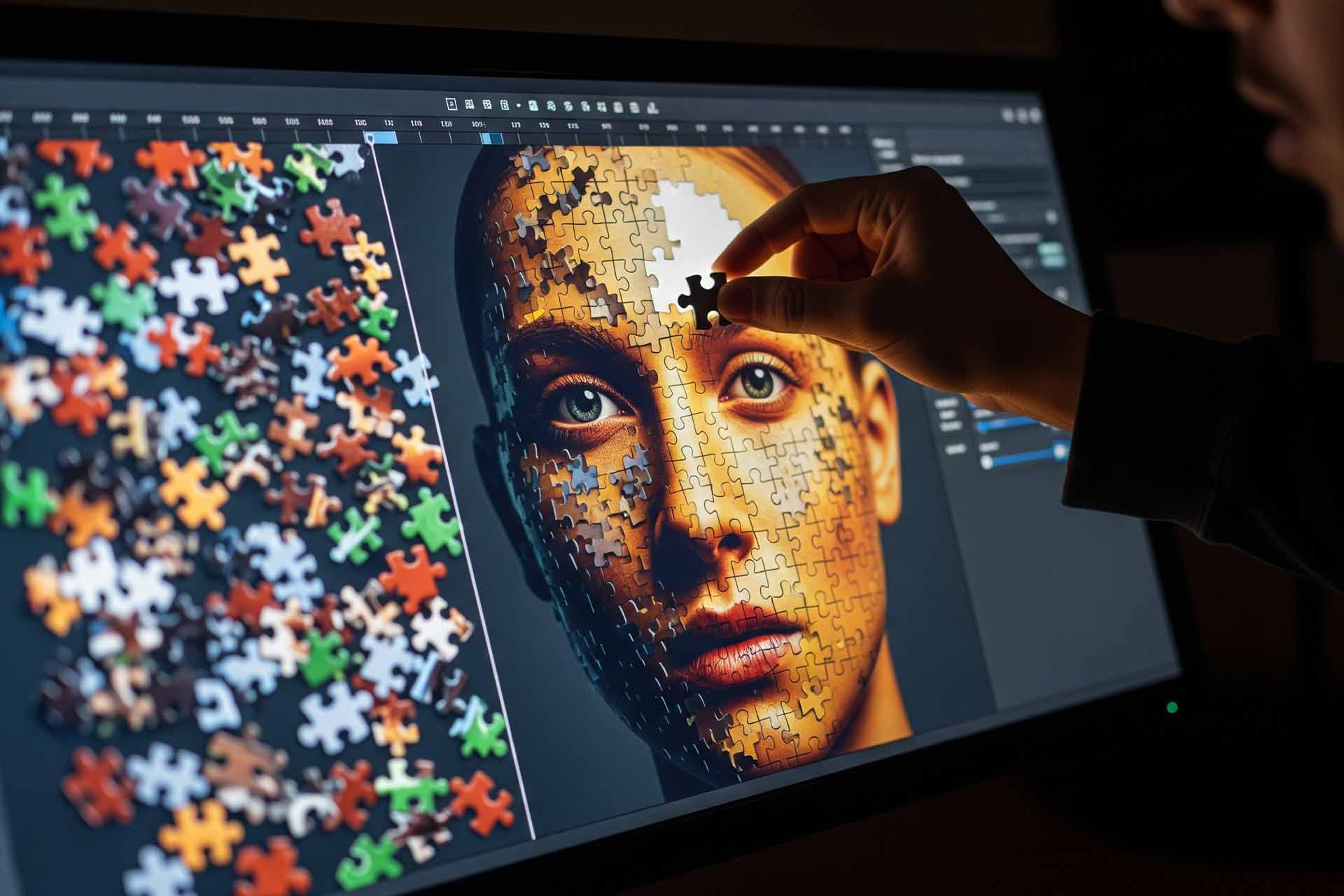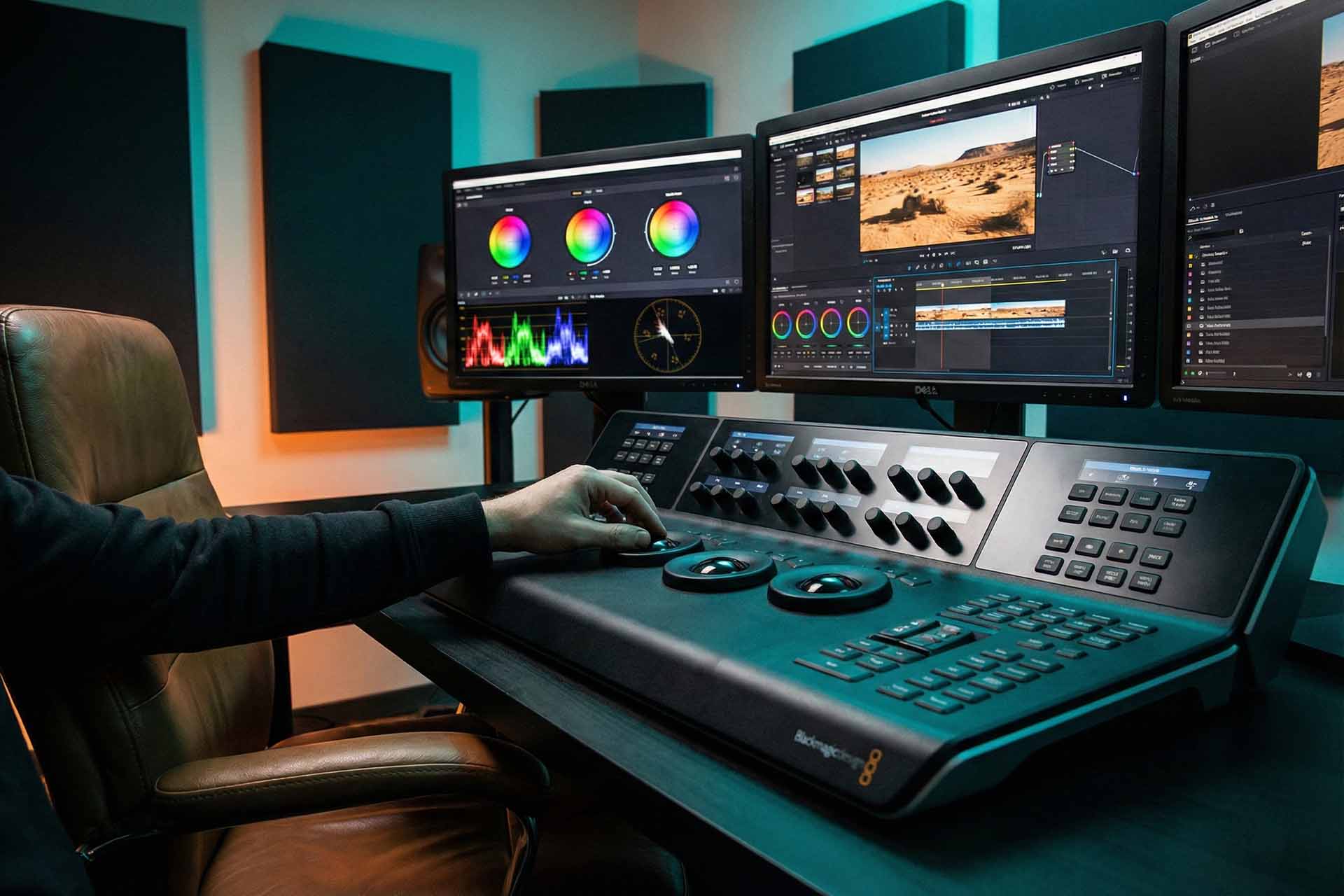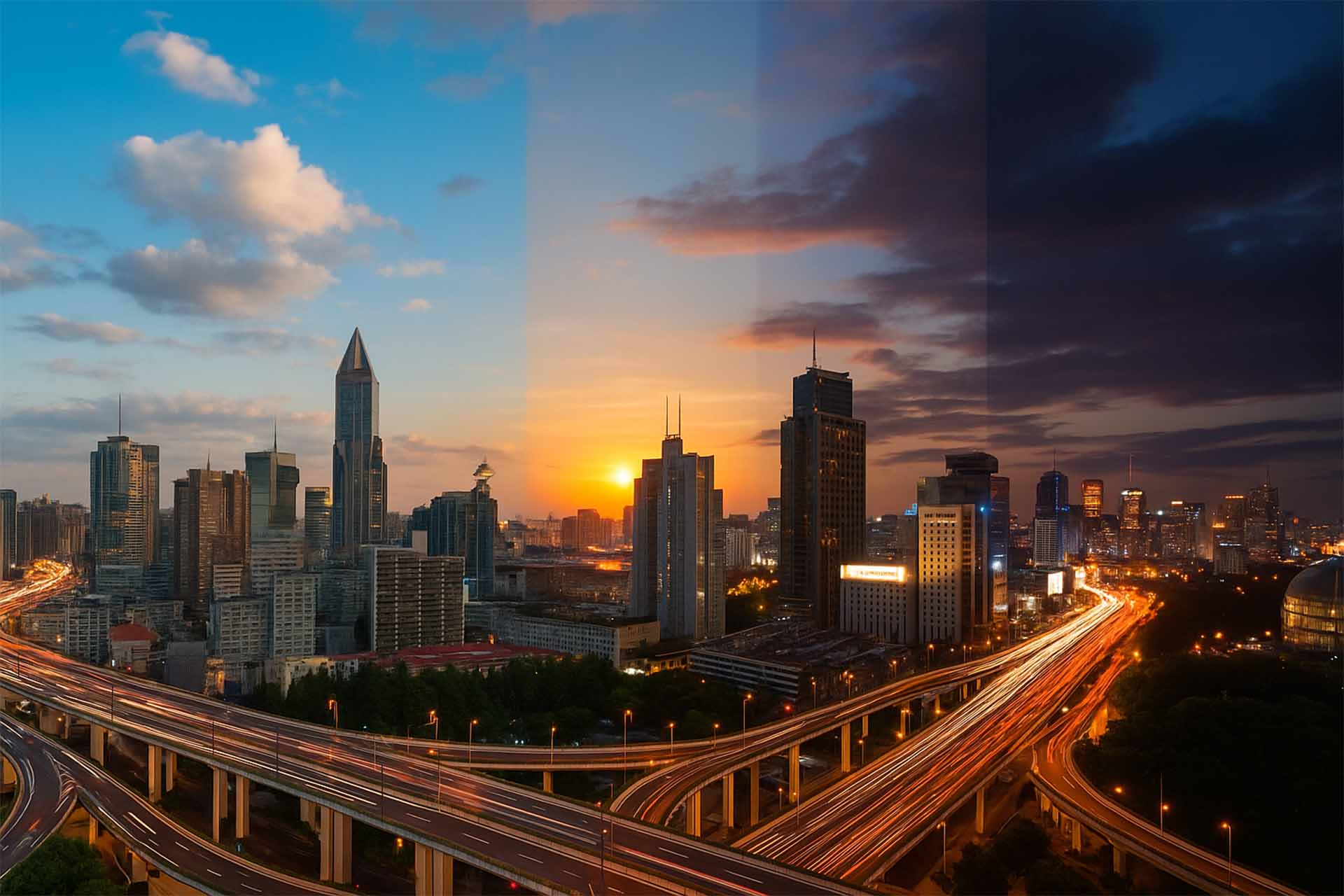
The Art of Editing: How to Transform Raw Footage into a Cohesive and Impactful Story?
When you think about making a video or a film, your mind might jump straight to impressive cameras or stunning shooting locations. However, there’s a hidden magic that happens far from the spotlight, in a quiet room in front of a computer screen. This magic is the art of editing. It’s not just a technical process of cutting and pasting clips; it is the soul that breathes life into silent scenes, transforming them into a story that touches our emotions.
At its core, editing is the art of choice and timing. It’s the ability to build an entire world from a collection of raw shots that might seem disconnected. So, let’s move beyond discussing software and tools and dive into the creative and psychological aspects that make editing such a powerful narrative force.
Beyond Cutting and Pasting: The Magic of Juxtaposition
Did you know that placing two shots next to each other can create a completely new, third meaning that didn’t exist in either shot alone? This is the fundamental idea behind the “Kuleshov Effect,” a theory discovered by Russian filmmaker Lev Kuleshov in the early 20th century.
Simply put, Kuleshov conducted an experiment where he showed a shot of an actor with a neutral facial expression, followed by different shots: once a bowl of soup, another time a child in a coffin, and another time an attractive woman. Although the shot of the actor was the same every time, the audience interpreted his facial expression completely differently. When they saw the soup, they felt he was hungry. When they saw the child, they felt he was sad. And when they saw the woman, they felt he was filled with desire.
This proves that the art of editing isn’t just about what we show, but the order in which we show it. As an editor, you don’t just assemble shots; you guide the audience’s emotions and create meaning through clever juxtaposition. Consequently, every cut becomes an artistic decision that carries a deep psychological impact.
Rhythm and Pace: How to Control the Viewer’s Breath?
Imagine telling a story to a friend. You don’t speak at a single, monotonous pace, do you? Sometimes you speed up your speech to convey excitement, and at other times you pause for moments to build suspense. This is exactly what pacing does in editing.
Pacing is the heartbeat of the video, and it determines how the viewer feels while watching.
- Fast Pacing: Rapid, successive cuts create a sense of tension, excitement, or chaos. Think of chase scenes in action movies.
- Slow Pacing: Long takes and calm transitions give the viewer time to breathe, think, and feel the emotion. It allows beauty or sadness to settle in.
Controlling the pace is one of the most crucial aspects of the art of editing. By manipulating the length of your shots, you can make the viewer’s heart race or calm their nerves, keeping them engaged from beginning to end.
Seamless Dialogue Flow: The Secrets of J-cuts and L-cuts
Have you ever noticed how dialogue in movies flows so naturally and smoothly, unlike our first attempts at editing videos, which often feel choppy? The secret often lies in using two simple yet brilliant cuts: the J-cut and the L-cut.
- J-cut: Imagine the shape of the letter “J” on an editing timeline. In this cut, we hear the audio from the next scene before we visually see it. For example, we hear a character start speaking, and then we cut from a wide shot of the location to a close-up of their face as they talk. This technique prepares the viewer for the transition, making it smooth and natural.
- L-cut: Conversely, here the audio from the first scene continues to play as we see the next shot. For instance, we see two people talking, and then we cut to a shot showing the listener’s reaction while we still hear the speaker’s voice. This is extremely effective for showing the impact of words on other characters and adds emotional depth to the dialogue.
These simple techniques transform a conversation from a mere exchange of information into a harmonious dance between sound and image.
The Power of Silence and Music: What Isn’t Said Is as Important as What Is
Finally, we cannot talk about the art of editing without mentioning sound. A musical score can change the entire mood of a scene in an instant, from happy to tense. But have you ever considered the power of silence?
In a world full of noise, a well-placed moment of silence can be louder than any explosion. Silence can build unbearable anticipation or highlight a profound moment of realization or sorrow. Knowing when to use music and when to leave space for silence is what distinguishes an artist editor from a technical one.
In conclusion, editing is not just the final step in the production process; it is a rewriting of the story in a visual and emotional language. It is an art and a science that allows you to delve into the depths of the human psyche, precisely guide the viewer’s experience, and transform a collection of scattered shots into a complete and impactful work of art. The next time you watch a film you love, remember the hidden magician in the editing room who made it all possible.
 العربية
العربية


